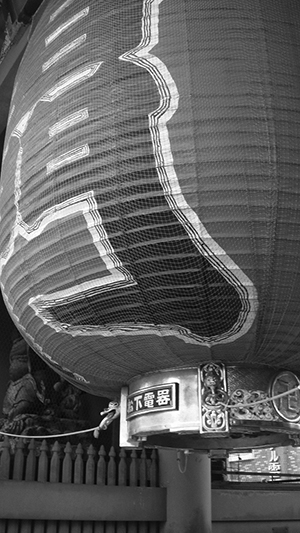 It’s difficult to characterize Asakusa and Ueno in a single word. One that is often used to describe them, shitamachi, is often translated as “low city.” This term refers to the area’s less-than-heavenly elevation along the banks of the Sumida River. While these Tokyo neighborhoods were once the epicenter of entertainment, culture, and modernity, there’s no denying that these days they’re looking a little rough around the edges. While lacking the glitz and glamour of other areas, Akasaka and Ueno continue to draw in crowds – sometimes for big-name events like the Sumida Fireworks or Sanja Matsuri – and sometimes just for some good, old-fashioned haggling in the streets of Ameyoko.
It’s difficult to characterize Asakusa and Ueno in a single word. One that is often used to describe them, shitamachi, is often translated as “low city.” This term refers to the area’s less-than-heavenly elevation along the banks of the Sumida River. While these Tokyo neighborhoods were once the epicenter of entertainment, culture, and modernity, there’s no denying that these days they’re looking a little rough around the edges. While lacking the glitz and glamour of other areas, Akasaka and Ueno continue to draw in crowds – sometimes for big-name events like the Sumida Fireworks or Sanja Matsuri – and sometimes just for some good, old-fashioned haggling in the streets of Ameyoko.
Asakusa usually ends up on most tourists’ itineraries thanks to the imposing Kaminarimon gates, stately Sensoji Temple, and charmingly kitschy Nakamisedori, where you can find all the Japanese souvenirs on your list (plus a few extra). Sensoji is a Buddhist temple dedicated to the bodhisattva Kannon. According to legend, two fishermen discovered a Kannon statue in the water and a local merchant decided to foot the bill for a temple in her honor.
Though always chock-full of tourists, the crowds swell in early May during Sanja Matsuri. This festival honors the three founders of the temple and gives the yakuza a chance to show off their ink. One of the most anticipated events of the festival is when local gangsters trade in their sharp suits for fundoshi (loin cloths) as they take turns carrying the mikoshi in their nearly naked state. It sounds strange to have the barons of organized crime rubbing elbows (literally) with the propagators of organized religion, but somehow it works.
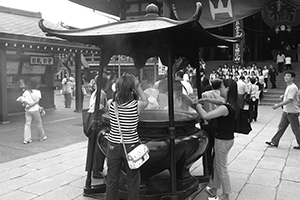 It’s hard to imagine the nearby Yoshiwara pleasure district was once flourishing as the heart of the area’s nightlife. Now all that’s left are a few derelict Soaplands and other marginally legal enterprises. A more wholesome form of nightlife, centered around the geisha, can not exactly be called thriving, but is still active in the area. Of the 45 geisha who ply their trade in Asakusa, one stands out – at least in broad daylight. She now answers to the name of Sayuki, but this blue-eyed Australian was born Fiona Graham. Though she draws attention both locally and internationally as the sole foreigner in a distinctly Japanese profession, Sayuki shies away from the spotlight and prefers to focus on her work and studies.
It’s hard to imagine the nearby Yoshiwara pleasure district was once flourishing as the heart of the area’s nightlife. Now all that’s left are a few derelict Soaplands and other marginally legal enterprises. A more wholesome form of nightlife, centered around the geisha, can not exactly be called thriving, but is still active in the area. Of the 45 geisha who ply their trade in Asakusa, one stands out – at least in broad daylight. She now answers to the name of Sayuki, but this blue-eyed Australian was born Fiona Graham. Though she draws attention both locally and internationally as the sole foreigner in a distinctly Japanese profession, Sayuki shies away from the spotlight and prefers to focus on her work and studies.
For a slightly quirkier shitamachi experience, Kappabashi is a fun place to while away some time. If you’re looking for plastic food models of spaghetti, sushi, and everything in between, this is the place. You can also purchase wholesale chopsticks, napkins, and various restaurant supplies, just in case you’re in the market.
Once you’ve made it to Kappabashi, Ueno is not much further, and this is where the real fun begins. Now that you’ve scoped out all the hardware you’ll need to start your own restaurant, head to Ameyoko to find wholesale herbs and spices, along with other specialty ingredients like fresh lemongrass and Korean chili paste. For a taste of other non-Japanese experiences, stroll along this market street. Vendors will call out to you offering free samples, and this is one of the few areas in Tokyo where haggling is accepted, if not expected.
This area was not always so lively. It wasn’t until after World War II that the “black market” shopping street opened up as a venue for both American goods and sweets (hence the “ame” in the name).
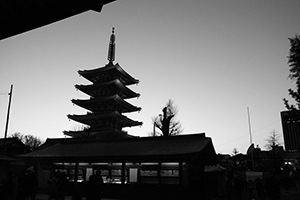 Ueno itself is home to the natural beauty of Ueno Park and Shinobazu Pond as well as the man-made beauty found in its museums such as the Tokyo National Museum and the National Museum of Western Art. In late summer Shinobazu pond is positively bursting with lotuses and creates a picture-perfect Japanese scene with Bentendo temple and Toshogu Shrine in the background.
Ueno itself is home to the natural beauty of Ueno Park and Shinobazu Pond as well as the man-made beauty found in its museums such as the Tokyo National Museum and the National Museum of Western Art. In late summer Shinobazu pond is positively bursting with lotuses and creates a picture-perfect Japanese scene with Bentendo temple and Toshogu Shrine in the background.
While Shinobazu pond is undoubtedly a scenic stop on a Tokyo tour, it (and surrounding Ueno Park) is also home to the largest population of homeless in Japan. The contrast of Ueno’s appeal to the highly cultured and the down and out is one of its endearing qualities, and makes it unlike any other Tokyo neighborhood.
Story by Melissa Feineman
From J SELECT Magazine, March 2010

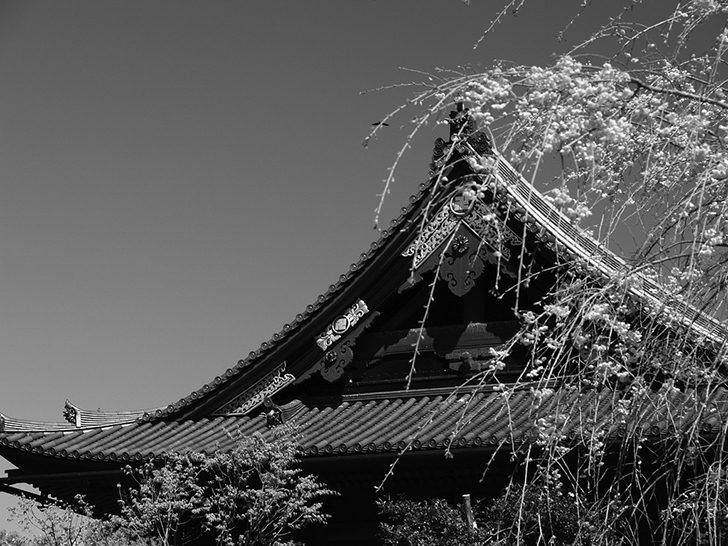

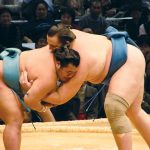


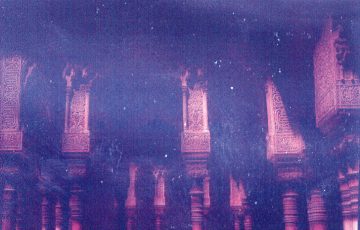
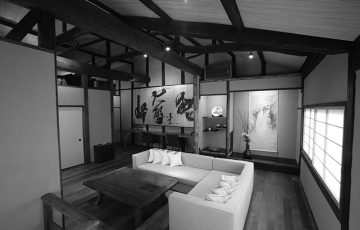
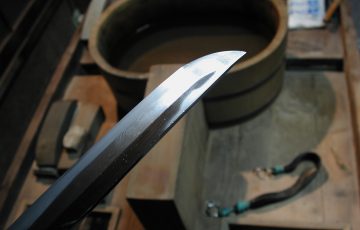
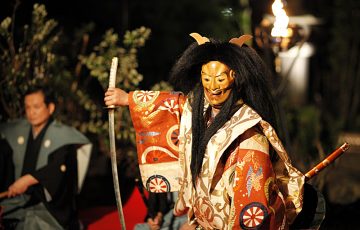

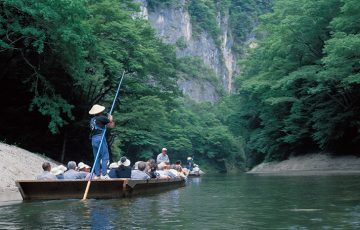
-360x230.jpg)


Recent Comments